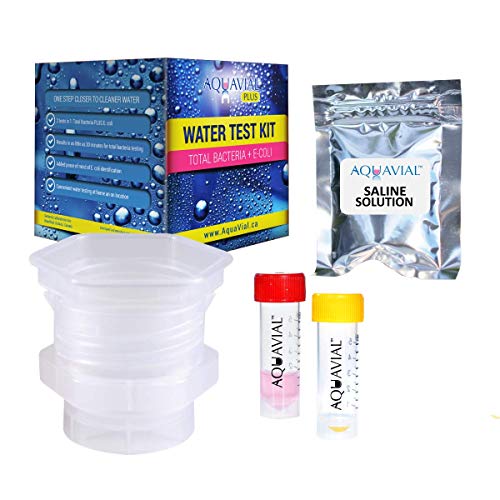What’s in your well? Not to sound alarmist, but there could be such bacteria as E Coli and other pathogens lurking.
The best way to look for dangerous bacteria in your well water is to test for coliform bacteria.
Why can coliform bacteria be used as indicators of drinking water quality? Coliforms are easy to detect and their presence in the water usually mean that there is also fecal contamination.
It is also cheap to test for coliforms so you can save money by starting with a test for them.
In this article, I will let you know the ways on how to test for coliform bacteria in water at home and what to do if you find that the test is positive.
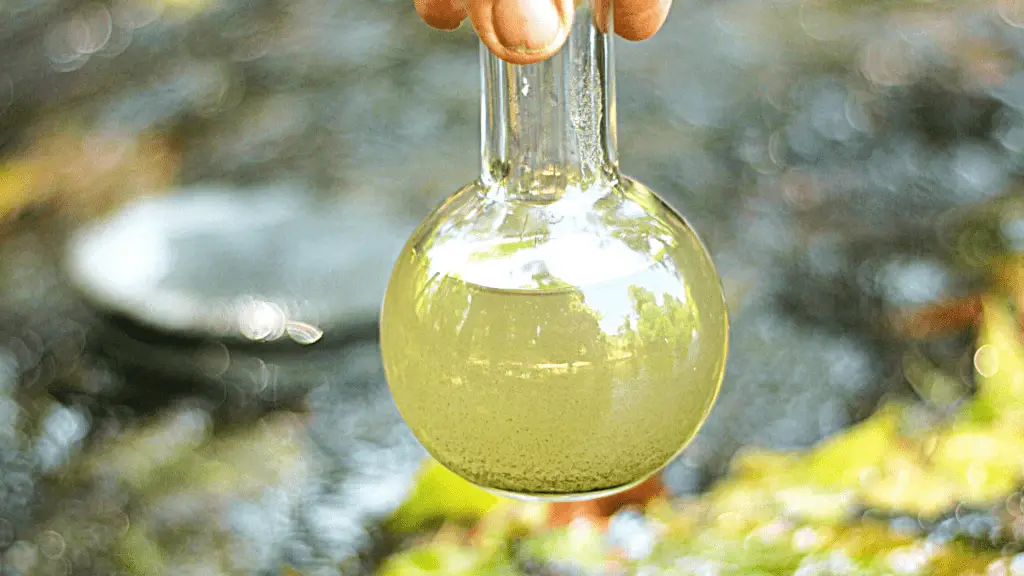
Is Coliform Bacteria in Drinking Water Harmful?
Drinking water that has coliform bacteria is not necessarily dangerous. It is, however an indicator that there could be dangerous bacteria present in your water supply.
Think of it as the canary in the coal mine.
If they are present in your water supply then chances are there are disease causing pathogens. For instance, there is a high chance that the presence of coliform bacteria means that there are pathogens from feces of animals or humans. And that can be downright dangerous to drink.
Well water is especially susceptible to coliform and other bacteria since there is no treatment of the water before it gets to your tap. Unlike city water which is treated with chemicals like chlorine to get rid of any pathogens.
Does this mean that drinking well water is unsafe or that city water is better? Not necessarily, but it depends on who you ask. To clear up the debate I wrote an in depth article that gives the info you need in the well water and city water discussion. SPOILER ALERT: I think well water wins hands down. Click the link to read the full article.

There are three types of coliform bacteria that you need to know about:
- Total coliform bacteria – These bacteria are totally harmless and there is no issue with consuming them. They can get into the water supply easily because they are found naturally in the soil. If a test finds total coliform then that means bacteria, any bacteria, can enter the water supply. And that is what you need to worry about.
- Fecal coliform bacteria – This is a bacteria that lives in the intestines of warm-blooded animals. So it comes from the feces of animals which is obviously concerning. Some of the diseases that fecal coliform bacteria can cause are typhoid fever, hepatitis, gastroenteritis, dysentery.
- E. Coli – This one is a bit confusing as it is a type of fecal coliform and there are many different kinds of E. Coli. Some are harmless and some can cause disease.
How Dangerous is Coliform in Drinking Water?
Symptoms and severity depend on which type of fecal coliform bacteria is found in the water. Any fecal bacteria contamination will affect young people, older people and people with weakened immune systems the hardest with the possibility of being fatal. Otherwise, it is similar to having the flu.
- E Coli – Risk of a severe reaction is heightened in people with weakened immune systems, older people and young children. E Coli symptoms include diarrhea with abdominal pain and cramping from dehydration. Some people may see a fever over 100°F. There is no treatment, so you just have to wait for it to go away. Bed rest and drinking lots of water are recommended for a few days until the symptoms go away.
- Gastroenteritis – Symptoms are more severe than most infections from E Coli. Severe abdominal cramps followed by vomiting and diarrhea. Often diarrhea will contain blood. Other symptoms include fever, headache, body aches, chills, and fatigue. Because of this gastroenteritis is often confused with the flu. What makes this particularly dangerous is the long term effect of the change in microbiome balance which depletes the good bacteria in the gut.
- Dysentery – Symptoms are similar to E Coli infections but usually milder. Dysentery can be quite dangerous, however since it is difficult to adequately hydrate. It will go away on its own if it is a mild case. If it is severe, then antibiotics will need to be prescribed. Whatever the severity, any case of dysentery needs to be reported.
- Hepatitis A – it could take as much as a month to see symptoms of Hepatitis A after you’ve been exposed to the bacteria. These include fever, loss of appetite, diarrhea, nausea, abdominal discomfort, dark-colored urine, and jaundice. Jaundice is the discoloration of the skin and eyes common with liver problems which is what Hepatitis is. This is rarely fatal and will go away over time, but it can cause liver failure in people with liver problems.
What Level of Coliform is Acceptable in Drinking Water?
The acceptable limit of total coliform bacteria present in drinking water is effectively 0. If any total coliform bacteria is found then you need to treat your well. In the case of public water supplies, testing is done periodically and an alert is issued when any is found in the supply.
For those with wells, after a test is done, the bacteria have to be treated and the source must be found to prevent any more from entering your water supply. We’ll get into that later in the article.
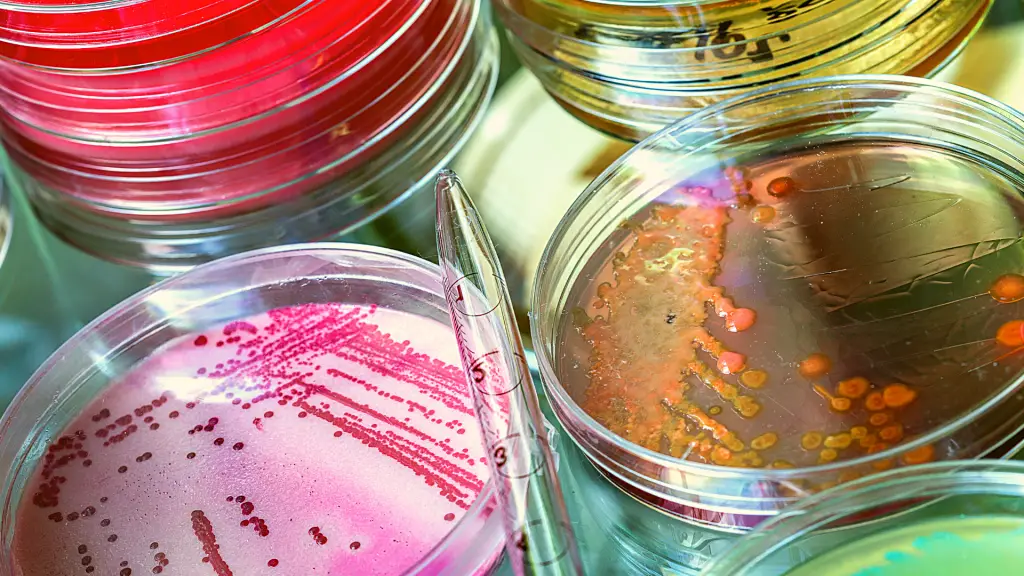
How to Test for Coliform Bacteria in Well Water
A test must be done on well water since water contaminated with bacteria won’t have any smell, color or taste to indicate its presence. There are three ways to test your well water: Private EPA certified laboratory testing, Do-It-Yourself home well water testing kit.
- 2 WATER TESTS IN 1: The kit includes one test for total microbial load,...
- SUPERIOR WATER ANALYSIS METHOD VERSUS TEST STRIPS: AquaVial Plus is based...
- EXTENSIVE DETECTION CAPABILITIES: The test included in the kit is an...
- COST-EFFECTIVE WATER QUALITY SCREENING TEST: Every test kit provides 100%...
- FAST RESULTS: Accurate, reliable results in minutes!
To have a certified lab do the test for you, the first thing to do is to contact your local county health department. They will put you in touch with a lab who will help you with the test.
When you call or email them they will let you know how to collect a sample to be sent in for testing. Usually this includes them sending you a kit, then you collect the sample and send it back to the lab. Then you need to wait for the results.
This is the most accurate way to find out exactly what type of bacteria is present and how much of it is. There are a couple of downsides to doing it this way, however.
One is the cost. If you send the samples into the lab yourself it can cost up to $100. If you have an inspector come to your home and do the test on site it can cost up to $300.
The other disadvantage is that it takes time. By using an EPA certified laboratory you may need to wait a few days to receive the sample collecting kit, then the few days for them to receive it and then even more time for them to doncut the test and get the results.
The fastest and cheapest way to test your well water is with a kit like the one linked to above. Aside from the wait to get it from Amazon, you will have your results in as little as 30 minutes for some and under 24 hours for others.
And in the case of the test that I highlighted, the results are very precise and accurate for a number of bacteria.
You’ll get results for E.coli, Staphylococcus Aureus, Salmonella, Klebsiella, Legionella, Pseudomonas Aeruginosa and other Pseudomonas.
This is the method I recommend over calling a lab.
The More You Know!
If you have a well then you also need to have a very good filter. The best ones will remove coliform as well as other pathogens and even heavy metals and arsenic that are common in well water. Check out this article about the best filters for coliform to learn more.

When to Test Your Well for Coliform Bacteria
It is best to not wait until you start feeling ill from your well water. The best times to test are when certain events happen. When there is a newborn baby about to arrive, when somebody in the house has a suppressed immune system or other illnesses that have their system weakened, after a storm or flood, if you live near a farm especially with livestock and if you notice any changes to the taste or color of your water.
Since babies, especially newborns, are more susceptible to severe reactions to coliform bacteria, it really pays to have your water tested when you know you are pregnant. It is better to know well ahead of time if there is a problem with your water.
One of the biggest contributors to bacteria infecting your well water is the presence of pig or chicken farms in your area. If your well is particularly susceptible to contamination from surface water then having any kind of agricultural activity will lead to higher risk of fecal coliform bacteria.
Likewise with any flooding in your area. This can carry lots of contaminants which then leaches into your well.
My Well Tested Positive for Coliform, Now What?
The very first thing that you should do if you find your well water has coliform bacteria is to call your county health department. They will advise you on what steps are necessary to protect yourself. They will also help you find the source so you can work on ways to prevent your well from having continual problems.
Next, start boiling any water that you need to drink. When you find coliform bacteria present you will need to bring your water to a boil for a full minute to make sure all the contaminants are killed.
Only do this if you need water immediately. Otherwise I suggest going out and stocking up on bottled water.
If it looks like your well will be contaminated for a while, say in the instance of a perpetual leaching from a farm or flood, then you will want to get yourself a water dispenser for your home. Even if it is a one time thing, it will take several weeks to be sure all the bacteria is gone once you begin the process of treating your well.
Something like the one below is good as it can handle a bottle up to 5 gallons so you can have a cost effective way to drink water that is also less wasteful than buying plastic bottles of water.
- HOT, COLD & ROOM-TEMPERATURE WATER: Three temperature settings allow you to...
- INNOVATIVE DESIGN: Brio Essential has a sleek stainless-steel cabinet that...
- TOP-LOADING FEATURE: Brio water cooler features a top-loading water system,...
- CHILD-SAFETY LOCK: Never worry about accidental pouring of hot water again...
- UL/ENERGY STAR CERTIFIED: Don’t take our word for it! Our products have...
You’ll need to use boiled or bottled water for brushing teeth. You can use boiled water for washing dishes or you can even pour the boiling water directly over the dishes to disinfect them.
If you do find bacteria or other pathogens in your well water, you’ll need to shock it to disinfect. Read a step by step guide to shock chlorinating your well to see what it’s all about.
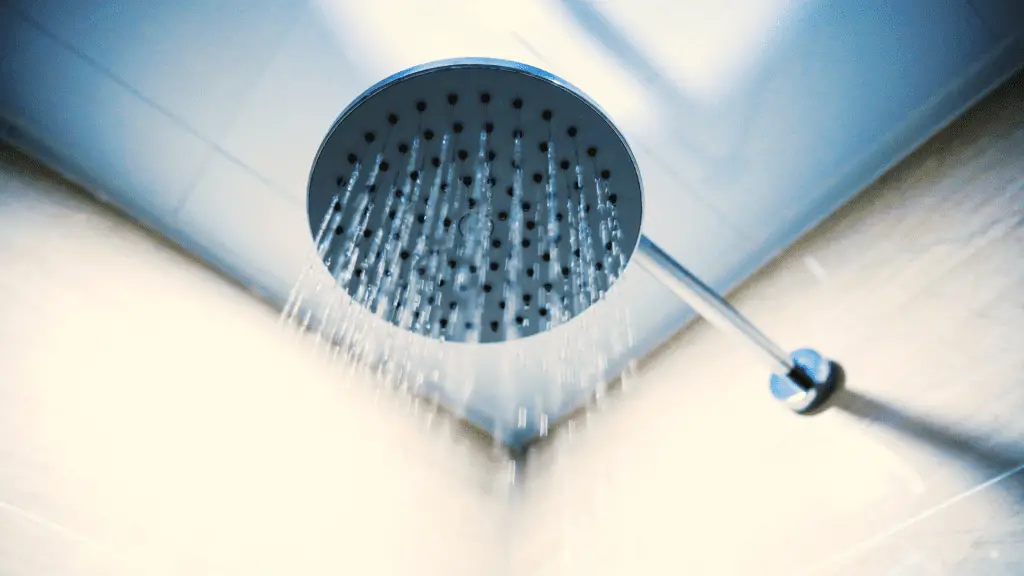
Can You Shower in Water with Coliform Bacteria?
Since you can’t absorb bacteria through the skin from contaminated water, you can safely take a shower with coliform bacteria in your water. You can also wash your hands.
My advice is to have some hand sanitizer to use after washing or showering so you don’t end up touching things that could end up in your mouth.
Make sure you are using antibacterial soap in your shower or for your hands to try to kill the bacteria that is present in the water so you don’t have it on your skin. Again, this is not because it will make you sick from absorption, but because you may end up spreading the bacteria around your environment.
If you have kids, they are always putting their hands in their mouth and other objects so it is a good idea to make sure you are sanitizing their hands and toys if they are bathing in the infected water.
How Do I Get Rid of Coliform in my Well Water?
Once your well has tested positive for bacteria and you are boiling your water and using bottled water, you need to begin the process of treating your well to get rid of it.
The water essentially needs to be disinfected. Shocking a well will kill the bacteria present by using chlorine or bleach.
It is possible to do this yourself, but I highly recommend finding a professional to do this. There are a number of things that can go wrong if you are not experienced. The well itself and the pipes and other equipment can be damaged if the chlorine is poorly distributed. Poor distribution of the chlorine can also be inadequate and result in some of the bacteria surviving and then reproducing. In essence nullifying the process.
What it involves is letting chlorine sit in the well and then flushing the entire water supply pipes and water heaters. When done correctly, it will kill the bacteria present and make the drinking water safe again.
Another method is to kill the bacteria with ultraviolet light. A UV filter has a lamp that exposes the passing water to the rays which kills the bacteria. It generally only needs a couple of seconds to kill all the bacteria that passes the lamp, but this highly depends on how much bacteria is present, what kind and if there is any sediment or other solids in the water as it passes through the filter.
This system won’t work if the levels exceed 1,000 total coliforms or 100 fecal coliforms per 100 milliliters.
Also, it only kills the bacteria as they pass through the filter. If any are still alive after going through the filter then they will live on.
How to Prevent Coliform From Getting Back Into the Well
Your well should be impervious to any surface water. You’ll need to seal it and install a well cap if you don’t already have one.
Once you’ve managed to get rid of the bacteria that was already there, or you’ve found that there wasn’t any after you had tested your well then you’ll need to keep it that way.
Here’s a short list of the things you can do to keep any bacteria from getting into your well:
- Make a slope around the top of the well so any surface water will run away from it instead of collecting over it.
- Put a well cap that is water tight to prevent any surface water from getting into the well.
- Make sure the well casing is above the ground by at least a couple of feet.
- Check well for cracks walls, corroded pipes or broken seals.
- Drill a new well if the old one is too badly damaged.
Final Thoughts
The presence of any bacteria in your well water should be worrying, but it shouldn’t cause you to panic. In most cases the worst case scenario is getting sick for a few days with the inconvenience of boiling water and buying bottles for drinking.
With the right test for coliform bacteria you can at least find out if you need to worry or if you are in the clear and your water is safe to drink.
Having well water is a great way to stay self sufficient, but it is not a set it and forget it scenario.
Make sure you are testing your water regularly and taking the right precautions to stay safe.

Nick Lopresti is the founder of YourH2Home and a home improvement expert. He has years of experience writing about various home improvement topics, mostly as it pertains to water systems.
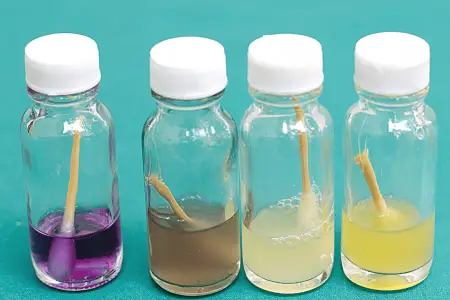


![Well Water Test Kit for Drinking Water - Quick and Easy Home Water Testing Kit for Bacteria Nitrate Nitrite pH Manganese & More | Made in The USA in Line with EPA Limits [NO MAILING Required]](https://m.media-amazon.com/images/I/51vBy0sRaxL.jpg)

